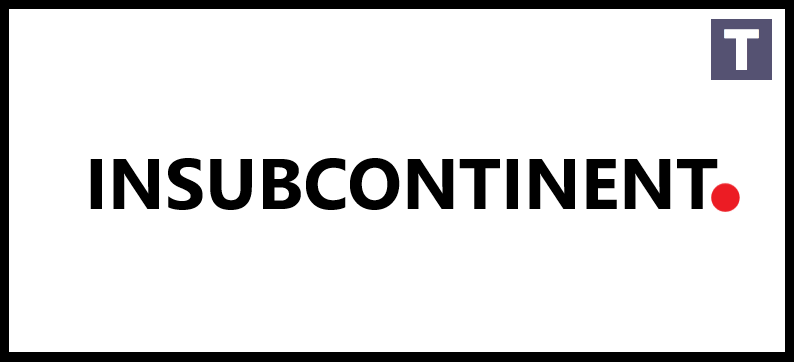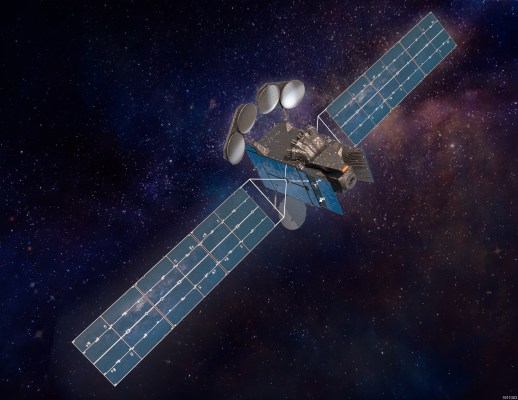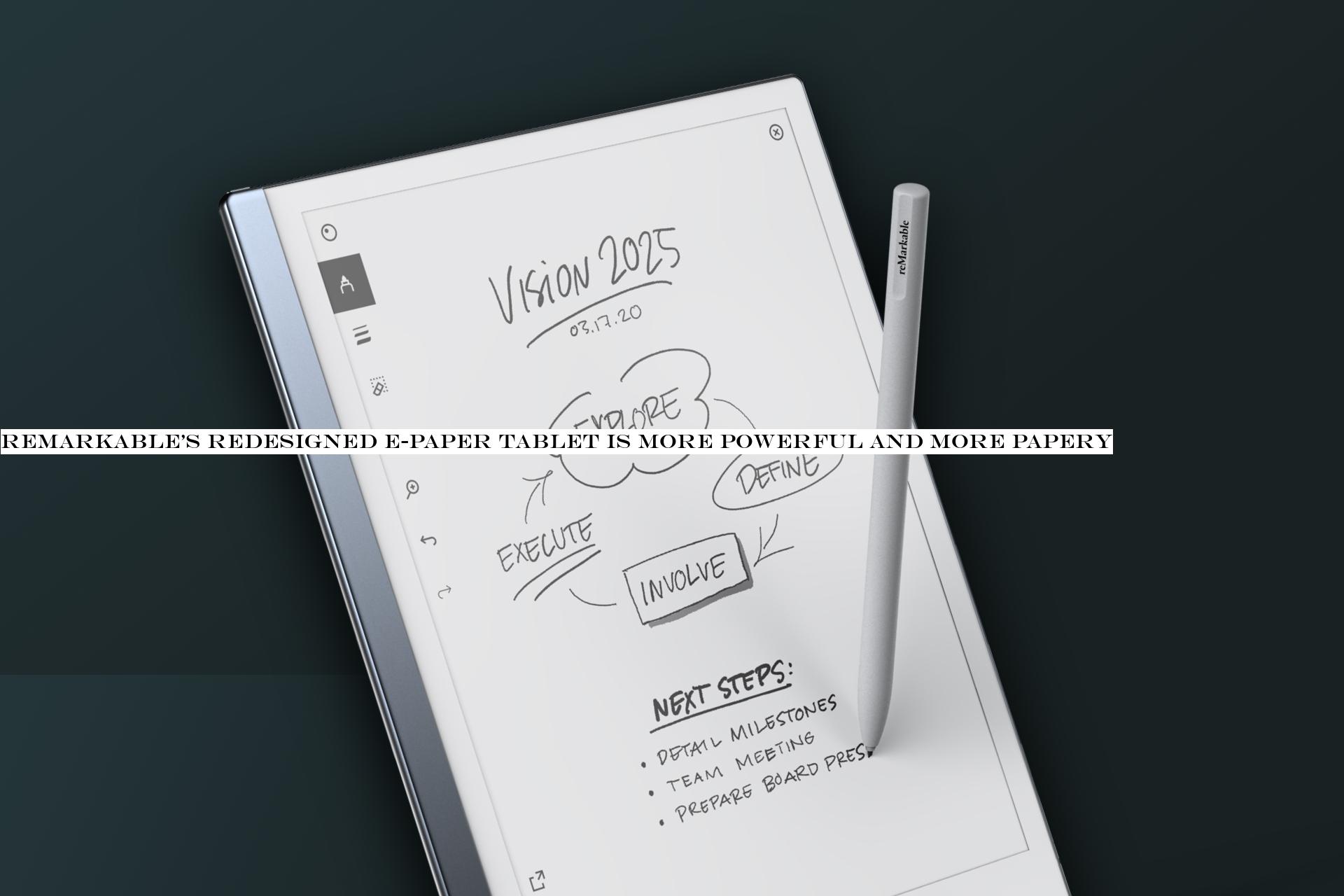Music
Trailers
DailyVideos
India
Pakistan
Afghanistan
Bangladesh
Srilanka
Nepal
Thailand
Iraq
Iran
Russia
Brazil
StockMarket
Business
CryptoCurrency
Technology
Startup
Trending Videos
Coupons
Football
Search
Download App in Playstore
Download App
Best Collections
Technology
Investors seem to be taking a wait-and-see approach to the markets right now, after a bumpy evening where a presidential tweet and commitment of economic support seemingly sent traders to smash buy buttons before realizing that there was no new substance behind Mondaynight moves.
Economies around the world are in for a rough ride as businesses shut down and social distancing measures take effect to limit the spread of the novel coronavirus, which is already a global pandemic and an epidemic in the U.S.
After their worst day of trading since 1987, stocks rose sharply in overnight trading. The pattern of shares falling sharply, followed by a rebound of sorts, continues, then, as traders continue to look for signals amidst the global noise; how to value one promise of further government stimulus, for example, against more border shutdowns and bad corporate news is now daily labor.
But as stocks opened domestically, they did manage slight gains, a welcome sight after yesterdaysharply negative trading. Herethe morning report at the open:
- Dow Jones Industrial Average: rose 314.81 to 20,503.33 for a gain of 1.56%
- S-P 500: rose 52.91 to 2,439.04 for a gain of 2.22%
- Nasdaq Composite: rose 147.45 to 7,052.05+147.45 for a gain of 2.14%
Even cryptocurrencies are seeing a bit of a comeback, though they, like stocks, remain depressed when compared to recent highs. Bitcoin, the most famous of all cryptos (as the distributed tokens are sometimes called), is off by about half.
The latest economic forecasts are bleak. Goldman Sachs expects a Q1 contraction of perhaps 5%, a shocking figure. Even more, per reporting, the bank sees it likely that the U.S. will enter a recession. If you were waiting for the correction, this is it. We have now seen the end of the long-running bull cycle that brought companies like Dropbox and Airbnb and Slack and Zoom from little-to-nothing to giant-status. This is the downturn. A new generation of startups will soon be born that will lead the markets higher in the future. But, given the economic data we&re seeing, not yet.
The TechCrunch crew will keep tracking the public markets so long as they are fascinating. More on how select companies performed when the day closes.

- Details
- Category: Technology Today

Last week, I talked with Mike Volpi, longtime Index Ventures partner and the former head of M-A at Cisco for many years before that. We originally planned to talk about Index and general market trends, and we did. The topics we discussed included whether self-driving technologies have attracted too much funding and the damage inflicted by SoftBank on its portfolio companies.
Still, few could have predicted how extraordinarily trying the week would be leading up to our interview. Little wonder we spent much of our time talking about who is likely to snap shut their checkbook first, and why, in some cases, the best thing to do now is to keep the money flowing.
We have parts of our conversation available in podcast form here; other pieces, including those not included in the podcast, follow. These excerpts have been lightly edited for length.
TechCrunch: Lettalk first about Index. You closed your last funds in 2018 with $1.65 billion in capital commitments. Are you in the market again now?
Mike Volpi: We raise funds every three-ish years. So, at some point, yeah, we&ll be in the market again. [We are] not specifically at this point in time, but sooner or later we&ll raise another fund.
More broadly speaking — and because the market is tanking so badly as we speak — do LPs tend to snap their checkbooks shut as soon as trouble hits? Whatbeen your experience over the years?
- Details
- Category: Technology Today
Read more: Veteran VC Mike Volpi discusses investing and fundraising in ‘a very difficult time’
Write comment (92 Comments)
Intelsat has tapped SpaceX for the launch of its Intelsat 40e spacecraft, a high-throughput communications satellite that will join the companyexisting geostationary network. The satellite is being built by Maxar, Intelsat announced last month, and will be carried to its target orbit by a Falcon 9 rocket using a flight-proven first-stage booster.
Intelsat is a connectivity infrastructure company that operates a communications network providing video and broadband services globally. The Intelsat 40e satellite will specifically help serve customers in North and Central America.
SpaceX has provided launch services for Intelsat previously, flying its 35e satellite to orbit in 2017. That satellite is currently in operation, offering connectivity to customers across North and South America, as well as in Europe and Africa.
This next launch is set to take place in 2022, so not immediately, but itan important get and a valuable return client for SpaceX.
- Details
- Category: Technology Today
Read more: SpaceX will launch Intelsat’s next satellite using a re-used Falcon 9 in 2022
Write comment (92 Comments)Volkswagen CEO Herbert Diess this week announced plans to suspend production at European factories over COVID-19 fears. The news will impact a number of prominent makes under the umbrella of the worldlargest car maker (by sales).
Plants in Spain, Portugal and Italy will be suspended before the end of this week, with VWnative Germany and other European countries getting ready to follow suit. Production suspension is expect to last two or three weeks, per Reuters. Of course, these numbers are always subject to flux, depending on how the remainder of the pandemic plays out.
&Given the present significant deterioration in the sales situation and the heightened uncertainty regarding parts supplies to our plants,& Diess said, &production is to be suspended in the near future at factories operated by Group brands.&
A number of automakers have run into major supply issues, as China was the first country to be hit by the outbreak. In many cases, however, production has begun to ramp back up, as authorities in the country had taken dramatic actions to stem the spread of the virus. As of earlier this week, some 31 of the 33 VW factories are up and running in the country.
Production continues at many U.S. plants, though executives are monitoring the situation and looking to adjust production schedules. Other automakers, including Fiat Chrysler, PSA Group and Renault, announced the shutdown of European plants earlier this week. In addition to issues of employee health and safety, travel restrictions have made it untenable for many factories to continue production.

- Details
- Category: Technology Today
Read more: Volkswagen prepares to halt production at European plants, likely for a few weeks
Write comment (90 Comments)Good morning friends, and welcome back toTechCrunchEquity Monday, a short-form audio hit to kickstart your week. Regular Equity episodes still drop Friday morning, so if you&ve listened to the show over the years, don&t worry — we&re not changing the main show.
For folks hunting for our longer-form work, herelast weekepisodewithDanny Crichton and Natasha Mascarenhas, and hereyesterdayinterview with YC boss Michael Seibel.
Equity Monday is a day late this week as I was off yesterday, but ithere today and what a mess the world is at the moment. That was a key theme of the show, but not the only thing that we mentioned. Here are some other bits of news that caught our eye:
- GoJek raised $1.2 billion more, a stunning round for this time in the venture cycle.
- HashiCorp raised $175 million at a valuation of more than $5 billion, a huge round at an enormous price in any era, but even more so in todaymarket.
- AI startups are being snapped up at record rates, with a record-setting 231 deals in 2019. According to the same data set, the Big Five were buying the most AI startups, along with Intel.
Looking ahead therelittle to anticipate aside from Tencent earnings. So, instead, meet Hourly, a neat company that just raised $7.2 million.
Hourly
Hourly provides a software solution for labor tracking and payroll processing, noting industries like construction, service and light industry on its website. If a company has a workforce that gets paid by the hour (the companyname is a tip-off), Hourly wants to help them keep tabs on the labor, and help them pay for it.
The startup charges for its tooling on a recurring basis, a regular setup for a modern software product delivered as a service. After paying some modest base prices, time tracking costs $8 per employee per month, while its payroll service costs a bit more at $10 per employee per month. According to Hourly CEO Tom Sagi, the company may bundle the two services in the future and offer a discount of perhaps 20% for companies that buy both.
Time tracking and payroll, however, aren&t the only ways that Hourly generates revenue.
Growth
Hourly also drives top line through its workers& compensation insurance product, which it refers to as &powered by& itself and &backed by A-rated carriers.& According to Sagi, the company currently generates about half its revenue from workers comp commissions.
That means that Hourly has a two-part SaaS business and a technology-powered insurance business. (Sagi detailed to TechCrunch the ins and outs of worker comp payments, employee classification and more; itreasonably complex, perhaps providing the startup with a moat of sorts.) If that sounds pretty impressive for a company that just put together $7.2 million, it is — at least compared to how much other startups seem to get done before a round of that size.
How did Hourly get so far with so little money? The firm bootstrapped, hiring engineers in Colombia — the firm now has 10 staffers in that country, but is headquartered out of Palo Alto — to reduce costs. Keeping its costs low let Hourly avoid outside capital — aside from things like family funding and credit cards — before today. And that means that for its external capital base, the company feels somewhat product-mature.
That maturity is letting it bring on larger clients. According to Sagi, Hourly has been increasingly &appealing to larger companies,& which he clarified to mean firms with 20 people or more. Larger customers means larger contract values, which can mean faster growth.
What else?
Oh just the closing of the unicorn exit window for some time. Aside from distressed sales, what sort of company would want to exit in a time like this? More from the Equity crew soon, hang tight.
Equity drops every Friday at 6:00 am PT, so subscribe to us onApple Podcasts,Overcast,Spotifyand all the casts.
- Details
- Category: Technology Today
Read more: Equity Tuesday: Wild markets, a neat early-stage round and the closed IPO window
Write comment (98 Comments)Itno secret I&m a fan of the reMarkable, a tablet with a paper-like display thatfocused on text and sketching rather than rich media and games. The sequel to the original, announced today, looks to make a good thing even better.
Designed for the creation and consumption of monochromatic content like long documents, e-books, notes and sketches, the reMarkable set itself apart as a more minimalist alternative (or complement) to the likes of the iPad or Surface. The device was crowdfunded and has sold more than 100,000 units; meanwhile, the company has grown and attracted a $15 million A round. One sees in retrospect that the money helped launch this successor.
The most obvious change is to the design. It has a bold asymmetrical look with a chrome band along the left side, indicating the tabletmain use as an alternative to a paper notebook: Hold it with your left hand and write with your right. Sorry, lefties.
The new tablet is just 4.7 mm (0.19 in) thick, thinner than the iPad Pro and Sonycompeting Digital Paper tablets, both of which are 5.9 mm. Letbe honest — at these levels of thinness itgetting hard to tell the difference, but itan accomplishment nevertheless.

Probably the best thing about the original reMarkable, however, was how good it felt to write and draw on, and the company has spent the last few years improving that wherever they can. For one thing, the already very small delay of about 40 ms between touching the screen with the stylus and a line appearing has been nearly cut in half.
Thatan area where every milli-unit counts. The lag on a real pen and paper is zero, of course, and while the reMarkable was good, there was still a very slight lag, especially when making large gestures or lines. As the company explained to me:
The hardware to further push the latency down further did not exist, so we decided to invent the technology ourselves. We redesigned both the hardware and software architecture that controls the display through a completely new display controller that changes how the display itself is electrically controlled, down to the voltages and electrical currents applied in complex waveforms to each individual pixel, millions at a time. The result is a 20ms latency, smoother ink flow with less jitter, and a completely uncontested digital writing experience perfected.
I intend to investigate this myself once I get my hands on one of the new devices. The company worked with E Ink, the main manufacturer and investor in e-paper type displays, to accomplish the new display, which has the same specs as the previous one otherwise: 10.3 inches, monochrome, 1872×1404 resolution for 226 DPI.
Herethe inevitable, yet well-executed, aspirational promo video:
The software running on the reMarkable has received several major updates since the product made its debut, adding things like handwriting recognition, a new interface, better performance and so on. But one of the most requested features is finally coming with the new device: saving articles from the web.
Unfortunately they didn&t answer my specific request of adding Pocket integration, deciding instead to roll their own with a Chrome plugin that sends a reformatted web page to the device. Unfortunately I use Firefox, but I can make an exception for this.
The company is claiming a 3x boost to battery life, using the same 3,000 mAh battery, based on performance improvements throughout and a more efficient (but more powerful) dual-core ARM processor. That means two weeks of use and 90 days of standby. This is welcome news, because frankly the battery life and power management on the last one were not great.

Lastly, the &Marker& itself is getting an upgrade I&ve desperately wanted since the first day I tried the tablet: an eraser. You could always erase by selecting that tool, of course, but now one of the tips of the stylus will activate it automatically, a feature borrowed from Wacom and accomplished in collaboration with them. Of course, the eraser-enabled &Marker Plus& costs $99, $50 more than the plain one. They both stick onto the tablet via magnet, though.
&We&ve worked closely with Wacom the last two years to create Marker Plus, the most beautiful pen we have ever made,& reMarkable co-founder and CEO Magnus Wanberg told TechCrunch. &In addition to premium materials and design, it features an end-cap eraser that works seamlessly with the reMarkable software. We&ve fined-tuned the eraser sensor in collaboration with Wacomengineering team to make sure it looks and feels like just a real eraser on paper.&
But overall you&re looking at a much cheaper package. The reMarkable, for all its merits, was not cheap at $700. The reMarkable 2 will sell for $399 if you pre-order, and comes with a Marker and a nice folio case. For anyone who was on the fence about the first one, the sequel may prove irresistible.
- Details
- Category: Technology Today
Read more: ReMarkable’s redesigned e-paper tablet is more powerful and more papery
Write comment (90 Comments)Page 1226 of 1446

 13
13





